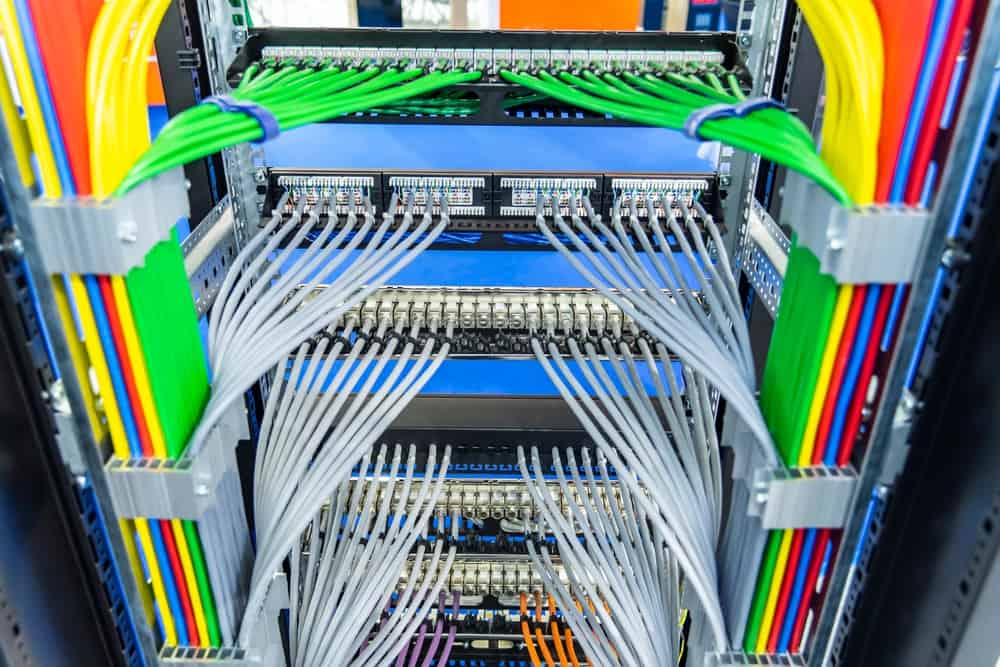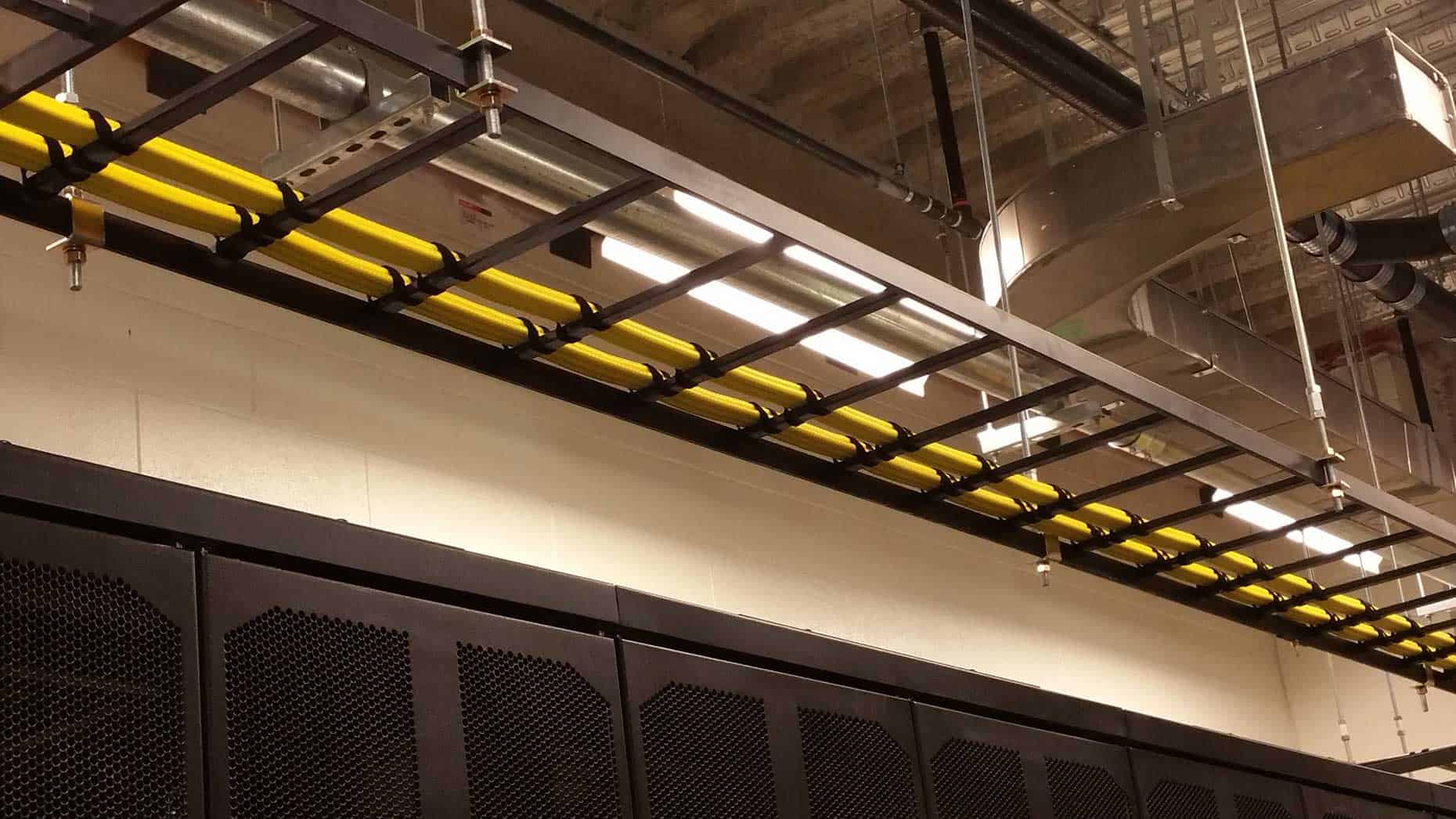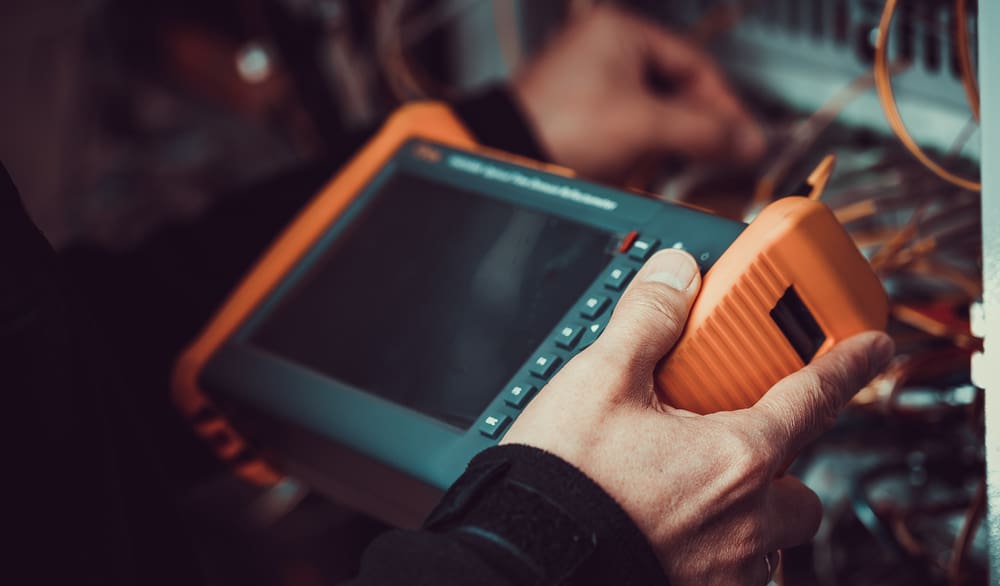Unlocking the Power of Structured Cabling for Quantum Communications
What is Structured Cabling?
Structured cabling is like the organized bloodstream of your communication network. It’s a systematic approach to connecting and managing data, voice, and video networks in your business space, using twisted pairs. Think of it as the foundation that ensures your network operates smoothly.
Structured cabling includes parts that work together seamlessly in a point-to-point setup. There are several parts involved in building a cabling system. These parts include cables, connectors, racks, and patch panels. Each part has a specific role in creating a dependable and flexible cabling system.
Why Structured Cabling Matters
Structured cabling is the unsung hero of modern business communications, and here’s why:
- Reliability: Structured cabling using twisted pair cabling reduces the chances of network problems, meaning less downtime and more productivity.
- Flexibility: As your business grows or changes, structured cabling can adapt without causing major disruptions in your point-to-point cabling.
- Organization: It keeps everything tidy and manageable, making it easier to troubleshoot issues when they arise in your cabling infrastructure.
- Cost-Efficiency: In the long run, structured cabling can save you money on maintenance and repairs while offering the benefits of structured cabling.
- Performance: It ensures consistent, high-speed connectivity, which is vital for today’s data-hungry applications.
Components of Structured Cabling
Structured cabling systems have several key components:
- Cables: These are typically high-quality twisted pairs of copper or fiber-optic cables. Copper is good for shorter distances, while fiber optics excel at longer ones and high-speed applications.
- Connectors: Connectors terminate cables and link various network devices in a point-to-point cabling setup. You might be familiar with RJ-45 connectors for Ethernet.
- Racks and Cabinets: These provide the physical framework for your network equipment, ensuring good ventilation and cable management in your structured cabling solutions.
- Patch Panels: These act as central hubs, allowing you to make changes, additions, or repairs easily.
- Switches and Routers: These devices handle data routing within your network and connect it to external networks like the internet.
- Cable Management: Proper cable management includes trays, labels, and ties to keep cables organized and prevent chaos in your cabling infrastructure.
- Testing and Certification Equipment: To ensure everything works as it should, you need tools to identify any issues or faults.
Structured Cabling Standards
Structured cabling operates under internationally recognized standards, ensuring compatibility and reliability in your structured cabling solutions. Some common ones include:
- TIA/EIA-568: This standard lays out the wiring rules for commercial buildings, specifying cable types, distances, and termination methods.
- ISO/IEC 11801: An international standard for generic cabling in customer premises, emphasizing performance and compatibility in your cabling infrastructure.
- IEEE 802.3: These standards cover Ethernet, the most commonly used network technology.
- ANSI/TIA-606-B: This standard focuses on administering and labeling the telecommunications infrastructure.
At Quantum Communications, we adhere to these standards to guarantee the highest quality and performance in our structured cabling installations.
Structured Cabling Installation Process
Installing structured cabling is a methodical process that Quantum Communications handles with precision. It usually involves these steps:
- Planning and Design: We assess your business’s needs and infrastructure to create a tailored cabling solution using twisted pairs.
- Cable Installation: Cables are installed according to the design plan, taking into account cable length, pathways, and proper termination in a point-to-point cabling setup.
- Termination and Testing: Connectors and patch panels are installed, and we rigorously test the entire system for optimal performance in your cabling infrastructure.
- Documentation: Quantum Communications provides comprehensive documentation, including cable labeling and drawings for future reference.
- Maintenance and Support: We offer ongoing support and maintenance to keep your structured cabling system running smoothly.
Choose Quantum Communications for Your Structured Cabling Needs
In today’s fast-paced business world, a dependable network infrastructure is essential. Quantum Communications in Manhattan, NY understands the importance of structured cabling with twisted pairs for your business’s success. We can improve your network with our skills in planning, design, installation, and maintenance using structured cabling solutions.
Investing in structured cabling with Quantum Communications ensures immediate benefits and future scalability. Don’t leave your network to chance – trust Quantum Communications for all your structured cabling needs. Contact us today to unlock the full potential of your communication infrastructure in a point-to-point cabling environment.







